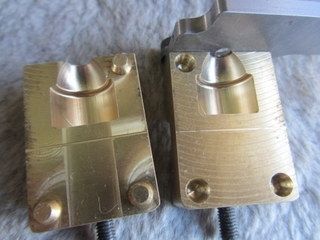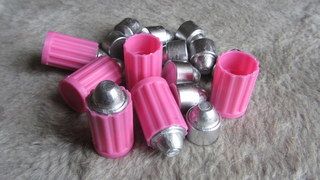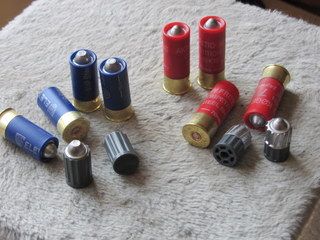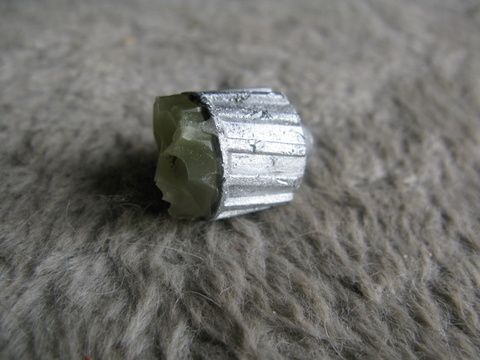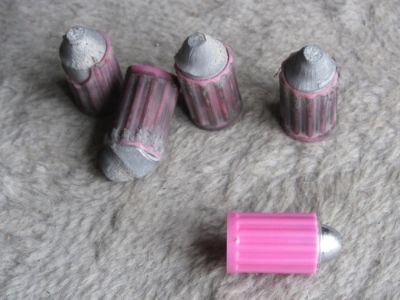Longbow, I only told Cap'n Morgan his work was "some of the most promising work on shotgun slugs I have seen in a long time." Even Alexander Graham Bell, whom a benevolent Providence caused to be born Scottish, arrived in the patent office hours ahead of the competition, and mightn't have achieved as much without the effort being collective.

|
   
   
|


|




 Reply With Quote
Reply With Quote
